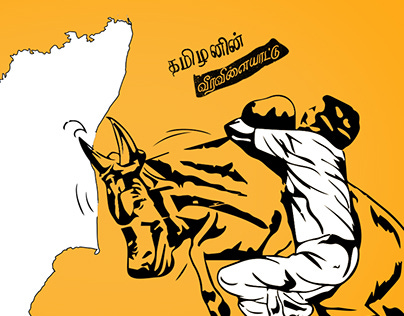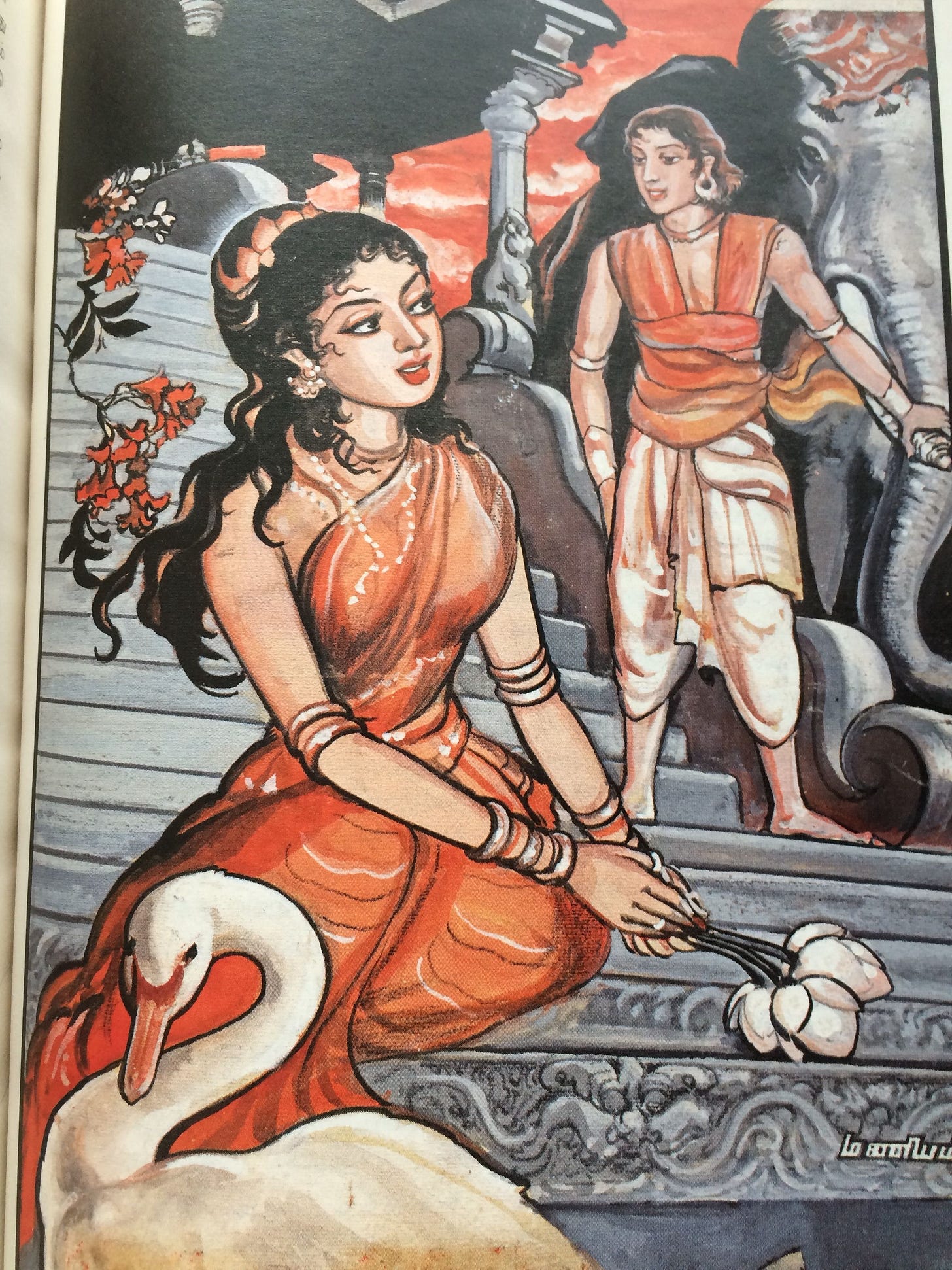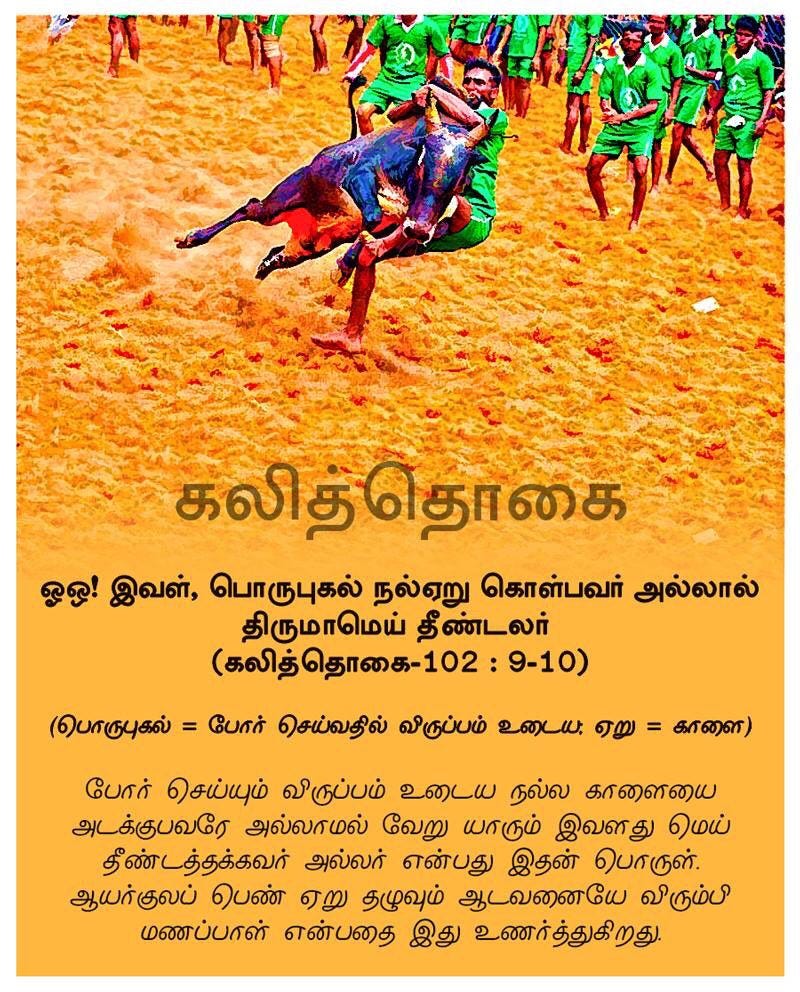
I was skimming through a set of general paper (IGCSE) questions when I decided to analyse a striking one. It was partly a regret for although it stood out to me—for god knows whatever reason—I struggled to organise my thoughts in a coherent manner.
Are all non-conformists merely attention seekers?
An instant look at ‘non-conformist*’ immediately struck a chord in me, and it reminded me of PETA. Rather bizzare, I agree, why at all would an organisation—in fact, the largest ever for the protection of animals and clearly vouching for a good cause—stand out to me as a non-conforming entity?
*non-conforming to prevailing ideas/beliefs/values
* PETA: People for the Ethical Treatment of Animals
If you had followed international news for a few years now, you would realise that PETA has had a fair number of controversies with several countries and cultures. The consensus is simple; A culture may possess rituals or festivals involving “unethical” (here, measured to PETA’s moral compass) treatment of animals, and as a righteous organisation they call for a ban on such systems.
I shall not delve deeper into whatever PETA or the IGCSE question is about, because our topic solely revolves around Jallikattu.
Cut short: Our scope on Jallikattu, and why I mentioned the PETA.
In 2017, millions protested in solidarity along the Marina Beach (and several other locations, in India and overseas) against the Supreme Court of India’s ban on Jallikattu, which traces back to a lawsuit filed by the PETA. It began with the villagers of Alanganallur demonstrating protest against the ban at the Vaadivasal (i.e the Arena). After a day-long protest, an estimate of 200 people were arrested by the police. This sparked an outrage on social media and the news spread quickly among passionate youngsters, who felt the the ban was an injustice leashed upon the Tamil culture and Identity. As a Tamil myself, I had felt likewise. My right to freedom of expression allows me to reveal the fact that Jallikattu should be supported, and is not as all bad as it is painted by the PETA.
Jallikattu
Once an outsider learns that Jallikattu is a celebration revolving the taming of bulls, they immediately pounce onto an ignorant stand that is a bull-murdering atrocity that is commemorated by a bunch of savages. Maybe you did not, but hear me on this subject:
Jallikattu means “tie the coins” or “tying of the coins” and is celebrated during maatupongal, typically the 3rd or 4th day of the annual Pongal festival. It involves the release of a bull, commonly belonging to the Kangayam breed, or Bos indicus. In ancient times, a piece of cloth was wrapped around a gold coin, tied with coconut fiber and festooned onto the horns of the bull. Tacklers were to hold the bull by the hump with one hand and untie the knot with the other to claim the prize. On other occasions, the game was adapted into a match making ceremony; As commonly mentioned in the Kalithogai poems, Jallikattu functioned similar to that of a Suyamvaram, where the male who emerges victorious in the game gains a hand in marriage with the bull owner’s daughter.

The game has persisted the test of time and remains closely to its original form, with the exception of it including match-making or a gold coin. Although a gold coin is not used in Jallikattu today, it has been symbolically shown by a cloth fastened around the horns of the bull.
Otherwise known as Sallikattu or Eru thazhuvuthal (the latter directly translates to “Embracing the Bull”) it sees its earliest mentions in ancient sangam literature, therefore had always been immersed in the Tamil Culture from millennia ago. It is a tradition that has been passed down to this day, hence holds an inevitably crucial position in the Tamil Culture.
The earliest evidence comes from Kalithogai, an anthology of 150 poems (est. 2000 years ago) that are found in the section of “Mullai” (poems taking place in pastoral land). Five poems penned by poet Nalluruthiran, with some 350 lines, describe of the thrill, uproar and enthrall of Jallikattu. In the 14th century, the renowned Nachinakiniyar, praised as the “star commentator among scholars” provided glossary and elucidation- a testament that Jallikattu was a continuing tradition, deeply embedded into the culture.

Jallikattu involves the bull being held onto its hump for an approved amount of time by the man. Sounds rather harsh on the bull? Perhaps yes. Does that then qualify Jallikattu as a vicious bull-killing event? No.
Proponent’s viewpoint:- Why it is not as bad as it seems:
Unlike a Roman Gladiator Bull fight (which is proclaimed proudly as an expression of art), where either the bull or the player is left injured or even dead, Jallikattu functions in a way respectful to both the lives of the players and the bull.
Being a tradition passed down several centuries, it surely has a set of rigid rules that are to be followed, to ensure the health of both the players and the bull.
Prior to the game, the following rules are obeyed duly:
1. All bull tamers are tested for alcohol level in the blood. No one shall be allowed in the arena after consumption of alcohol. They players should also possess a medical fitness certificate.
2. The tamers shall not carry weapon or any other object with the intention to hurt the bull.
3. Only one bull tamer should hold on to the bull at one time. If more than one bull tamers hold on to the bull, then there is no winner.
4. The bull tamer should ONLY hold on to the hump. He should NOT hold on to the neck or horns or tails of the bull. Such tamers will be disqualifies.
5. No bull tamer will hit or hurt the bull in any manner.
6. The owner of the bull to carry the medical fitness for the bull. The bull shall be medically examined by the government veterinary doctor. After the medical examination, only permitted food or water shall be given to the bull.
7. The owner of the bull is not permitted to carry any weapon to the vaadi vaasal (arena) and the should not bite the tail of the bull or hurt by any means.
8. The owner takes the responsibility of the bull after the arena or 50 feet line.
9. The entire show shall be monitored by the CCTV camera to find out and punish the defaulters.
10. There should be volunteers to take care of the wounded bull and tamers.
*Trigger warning: Animal Cruelty*
PETA supported its investigation that the bulls were subjected to harsh torments before led into the arena. This included the biting of the tail, prodding the bull with sharp sticks and extreme bending of the tail. (P.O: these directly oppose the rules of the game, hence I question the credibility.) It claimed that chilly pepper was thrown onto the bull’s eyes to aggravate it.
While I am an unsure of whether it truly takes place, I am strongly against the cruelty towards animals.
Proponents concurred that PETA’s claims were baseless, and an effort ridden with ulterior motive — To drive out the need for native/indigenous breeds and invite foreign bulls into the Indian Market.
Considering the possible unethical treatment of the bulls in Jallikattu, why am I a proponent?
PETA equates Jallikattu to bullfight; I am not convinced of the statement. In Jallikattu, a bull’s safety is heavily prioritised. Ministers watch the games live to ensure the bulls do not get wounded. The breed of bulls used for Jallikattu are those that are not involved in agricultural or milk providing activities. They are bulls that are ensured to be strong enough to withstand the game. The owners of the bulls love their pets as family and would not bear to sacrifice the health of their children. These bulls also play a huge role in ensuring the biodiversity of native breeds (the A2 varieties, as opposed to A1 in the western world). It seems to me that in the case of Jallikattu, PETA might merely be paying lip service to its ethical code, earning brownie points by attacking this ancient game. Perhaps PETA should focus more on the cruelty of leather, fur, diary and meat industries in the West…
**Author has nothing against the PETA, and strongly believes in the ethical treatment of animals. Just salty on this case, that is all.**
The scene of Jallikattu is commemorated on the breath-taking walls of many Temples in Tamil Nadu. It has also been referenced from the carving of a bull-taming spectacle at Mohenjo Daro. Additionally, it is gifted with exclusive mentions in the Silapattikaram, Kalithogai and Malaipadukadaam.
As I mentioned earlier, historically, Jallikattu functioned as a matchmaking ceremony, where men participate to win the hand of cowherd girls in marriage:
Translation by M. L. Thangappa, renowned translator who was also awarded the Sahitya Academy award for translation, and adapted from the book:- Love stands alone: Selections from Tamil Sangam Poetry by A.R. Venkatachalapathy:
[The girl’s friend speaks]
The monsoon showers fall
and make the pasture lands cool.
The thorny pidavam puts forth
shoots
on the barren boughs
and the buds unfold.
The kodal clusters, swaying like a
drunkard,
bear bright red flowers
that look like flames from a fire drill.
And then there are the
sapphire-coloured
kaya flowers
and others too.
Cowherds deck themselves with
wreaths
and garlands made from these
flowers,
and gather in the open
throwing their formidable challenge.
The killer bulls are let loose into the
ring
whose sharpened horns shine
like Siva’s battle-axe.
Then come the beating drums
Sounding like thunder.
Smoke goes up and dust raised.
Maidens come and stand in a row.
Having worshipped their gods,
who dwelt besides the fords
and under the banyan and
maraamara trees,
brave young men desiring to win the
maidens’ hands
by subduing the wild-spirited bulls,
enter the arena.
Look at the silkworm-coloured bull
piercing his brave adversary with his
horns
and goring him!
He looks like the brave one who
broke open
the heart
of the ruffian who had laid his hands
on the hair of the gentle lady
and took his revenge in the midst of
his foes.
Here is the black-coloured one
with a bright white spot on his fore
head.
Look at him bearing down on his
challenger
piercing his stomach
and ripping out his intestines.
Doesn’t he look like the Supreme
One,
digging into the bosom of Death
and pulling out his intestines
to offer them as food for the ghouls?
And now to the white bull with red
spots.
His challenger is brave and unafraid
but the bull thrusts his horns
into his chest and disables him.
Looks like the one who avenged his
father
by twisting off his enemy’s head at
the dead
of night.
Listen to the flute played
by a shepherd in the evening,
which will bring you your young man
who wears a beautiful garland.
[She turns to the lover and speaks to
him]
‘Young man,
if you can overcome this bull,
angrier than a rutting elephant,
this girl will hold aloft the banner of
victory.
We will give our dark-haired girl in
marriage
to the young man who will tame
the killer bull that stands beside his
master —
the one with a garland,
playing a sad melody on his flute
and holds his staff against his
shoulder.’
[to her friend again]
‘Your young man who boasts of his
superiority
Over the other bullfighters
will marry you some day without fail
That is why we welcome him with
our eyes
most graciously.’
The bulls are tired.
The young men are injured.
And our girls wearing fragrant
flowers on
their hair
join their lovers
and go into the cool jasmine groves
with a desire to make love.
After several days protest, online and in the real world, Jallikattu was legalised on 23rd January 2017.
Footnotes:
Thangappa, A. (2018, January 14). On Jallikattu and its earliest evidence in Tamil Sangam poetry. Retrieved June 05, 2021, from The Hindu
Says:, F., Says:, J., Says:, J., Says:, C., Says:, B., Says:, O., . . . Says:, L. (n.d.). Jallikattu. Retrieved June 06, 2021, from http://jallikattu.in/?page_id=213
Jallikattu: Everything you need to know. (2017, September 02). Retrieved June 06, 2021, from http://kmit.in/emagazine/article/jallikattu/



